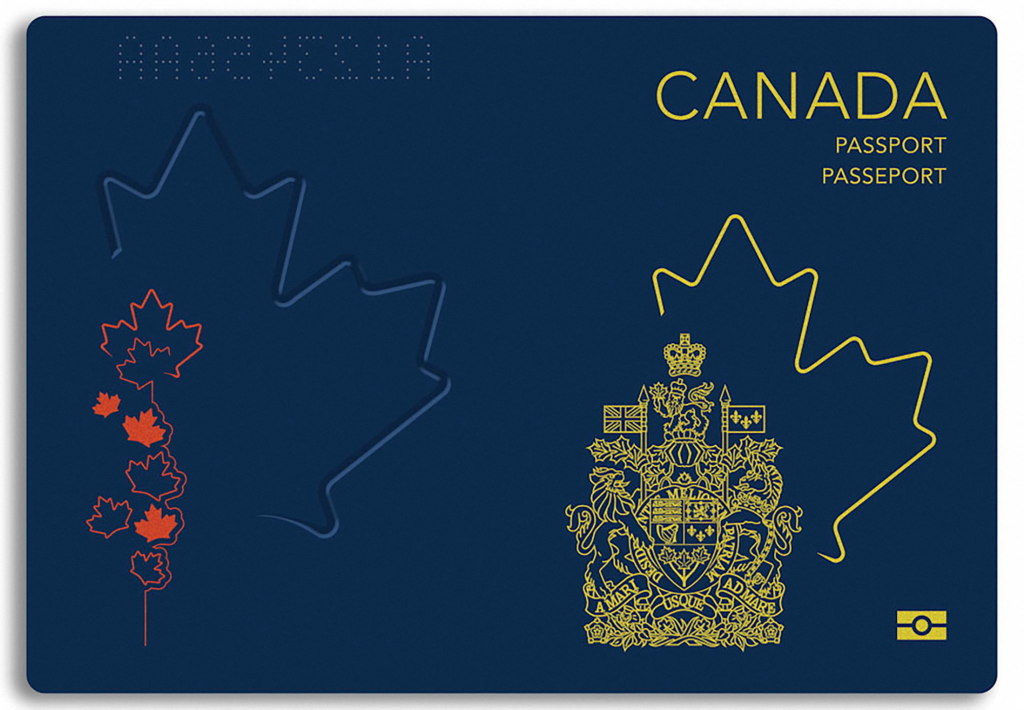From April 2021 to November 2021, Immigration, Refugees and Citizenship Canada (IRCC) opened up pathways for Canadian international graduates and essential employees to apply for permanent residency in Canada. If you missed it at that time, it’s your chance again as the authority is planning to launch similar pathways of Temporary Resident to Permanent Resident (TR to PR) this year. In this passage, we are going to talk about the first TR to PR pathway, including eligibility, requirements, application process, cost, processing time, and other related issues.
Temporary Resident to Permanent Resident Pathway
TR to PR pathway takes effect during a limited time for certain groups of temporary residents and their families, aiming to encourage them to contribute to the whole country’s economy and healthcare systems after the Covid-19 pandemic. Let’s the 6 streams of the pathway.
| General streams(for English- and French-speaking candidates) | Workers in Canada: health care |
| Workers in Canada: essential, non-healthcare | |
| Recent international graduates from a Canadian institution | |
| Specific streams(for French-speaking applicants) | French-speaking workers in Canada: health care |
| French-speaking workers in Canada: essential, non-healthcare | |
| French-speaking recent international graduates from a Canadian institution |
Eligibility for Temporary Resident to Permanent Resident Pathway
Qualifications for this program vary slightly for different streams, but the general rules involve the following ones.
- You must be in Canada currently.
- You must have valid status in Canada, like temporary residency.
- You must plan not to live in Quebec.
- You must not be a refugee claimant in Canada.
- Language requirements
- proof of ability in English or French (ability in French only for French-speaking streams)
- Canadian Language Benchmarks (CLB) or Niveaux de Compétence Linguistique Canadiens (NCLC) Level 4 (or higher) in reading, writing, speaking, and listening. For recent international graduates, the minimum requirement is Level 5.
- having passed an approved language test within the last 2 years.

- Current employment
- You must be employed in Canada at the time of application
- You must be taking any job listed on the National Occupational Classification website.
- You must not be self-employed unless as a health authority certified medical doctor who charges for providing services.
- You must be paid instead of being a volunteer
- You must be working with authorization
- Work experience
1 year of work experience (or 1,560 hours and above) within the last 3 hours is required. It must come from paid jobs either part-time or full-time.
- Graduation requirements
When applying as an international graduate, you must have recently graduated from a certified educational institution in Canada (since January 1, 2017) and with eligible certificates. Your school must be on the Designated Learning Institution (DLI) list and able to provide post-graduation work permits although the permit is not a must for TR to PR application.
How to Apply for TR To PR
After confirming that you are eligible for temporary resident to permanent resident pathway, you can start applying for it. The previous application was finished online and we will take it as an example to explain TR to PR 2023 program.
Step 1: Gather Supporting Documents
There will be a checklist while signing in. You can also check it in this section, which includes general documents for all streams and specific streams. Please note that all documents should be in English or French. If not, please upload both the scanned copy of original document and a translated version. The translation must be stamped by a certified translator or be accompanied by an affidavit of uncertified translators.
Documents for All Streams of TR to PR
- Copy of Passport or Travel Document
Copy the personal information pages of all people concerned, such as yourself, your spouse or partner and your dependent children. The page must show the passport number, issuing date and expiry date, the holder’s portrait, full name, date of birth, and place of birth. The passport or travel document must be a valid regular one.

- Identity and Civil Status Documents
You have to submit documents for you and your spouse or lawful partner. Acceptable documents include legal proof of name or date of birth changes (if any), marriage certificate, divorce or annulment certificate, death certificate for former spouse or partner, or national IDs, family/household registry/book (if any). Supposing that you have a common-law partner, include Statutory Declaration of Common-law Union and evidence of cohabitation.
- Children’s information (if applicable)
It could be the children’s birth certificates, decree of adoption, or proof of custody.
- Immigration Medical Exams (IME)
It is necessary to visit a panel physician and take a physical examination.
- Police certificates and clearances
It is used to explain the countries you (or your your family members who have reached 18 years old) have stayed for at least consecutive 6 months in the last 10-year period.
- Photo
The photo must comply with Canadian official photo specifications and present your current look.

- Proof of Entry and Status in Canada
It could be a copy of your most recent work permit, study permit, or other immigration entry permits. At the time of application, you must be physically in Canada.
● Proof of Current Employment in Canada
It could be a copy of your work permit and an employer reference letter written by your current employer stating where you work, starting and ending date of employment, job responsibilities, annual income (including salary and benefits), working hours per week, and your employer’s information (e.g. name, signature, address, phone number and email). Don’t forget to attach your pay slips.
● Proof of Language Proficiency
Hand in the result of a valid language test.
Documents for Workers in-Canada Streams of TR to PR
Extra proof of 1-year work experience is requested which includes Canada Work permit (if applicable) and employer reference letters stated before. Additionally, tax information slips, work contracts or pay slips are also requested.
Documents for International Graduates Streams of TR to PR
You are supposed to submit proof of completed study in Canada. A final transcript and a verification letter or the formal notice of graduation are acceptable. They must verify that you are authorized to study there and specify your degree, diploma, certificate, attestation, length of study (starting and ending date), and the name of the school that grants you the credential.
Step 2. Fill out the Application Form
It can be found on IRCC portal. The applicants were allowed to download the form and complete all sections on the computer. It gathers personal details of the applicant, principal applicant and dependants, contact information, passport particulars, Identity document specifications, education or occupation details, and language proficiencies.
Step 3. Fulfill Payment
Each person has to pay $CAN 1,085 for processing fee ($570) and right of permanent residence fee ($515). Extra fees for medical examinations, language tests and educational credential assessment vary from person to person. It could be paid online with a credit card, Debit MasterCard or Visa Debit.
Step 4. Submit the Application Online
Log in and upload all forms on IRCC portal along with supporting documents. If you don’t have an account, please sign in first. After submitting, the system will check the completeness of your application and send you a confirmation email.
Cost of TR To PR Immigration Programs
The total cost varies from person to person because extra fees are not fixed. We list the type of fees and amounts below.
| Type of Fees | Fee (CAD) |
| permanent residence fees for principal applicant | 1,085 |
| permanent residence fees for dependent spouse or partner | 1,085 |
| permanent residence fees for dependent child (per person) | 155 |
| Biometrics (per person) | 85 |
| Biometrics (per family with 2 or more people) | 170 |
Processing Time of TR To PR Immigration Programs
There is no specific statement about how long it takes to process applications under this program. After all, it is an “accelerated” pathway, which guarantees that the applicants can receive the permit faster than the common ways. In 2021, IRCC received about 80,000 applications and half of them were processed that year.
Can Dependants Join TR To PR Immigration Programs
Yes. Dependants, including spouse, common-law partner, or children of the principal applicant, are also eligible to join the program no matter when they are living in or outside Canada. Supporting documents are the same as those for the principal applicant. Moreover, your dependants should also use the Generic Application Form for Canada, Additional Dependants/Declaration, Schedule A – Background/Declaration, Additional Family Information, and Schedule 3 – Temporary Resident to Permanent Resident Pathway: Streams A & B and International Graduates. They are found on the official IRCC website.
FAQs
Q: What are the new changes in Express Entry 2023?
A: Firstly, the Express Entry points system might change. It used to rate the applicants based on age, education, work experience, and language ability, but the authority tends to involve more skilled workers or experts with experience in high-demand occupations. Secondly, more qualified programs will be included. Finally, the way to promote the Express Entry program globally will also change.
Q: What occupations are qualified for the Workers Stream?
A: Eligible occupations are listed on the IRCC website. There are 40 eligible healthcare occupations, including nurses, physicians, dentists, optometrists, pharmacists, therapists, medical technologists, psychologists, social and community service workers, and so forth. There are 95 eligible essential occupations, including contractors and supervisors in the field of electrical, telecommunications, carpentry, construction, landscaping, agriculture, education, food, etc.
Q: Are there any requirements for program that international student participate in?
A: To be eligible, you must graduate from one of the following.
- a degree, diploma, certificate or attestation related to eligible trade occupations
- a diploma, certificate or attestation for a 2-year or 16-month program or longer
- more than one diploma, certificate or attestation of an 8-month program or longer
- a diploma of vocational studies (DVS) or an attestation of vocational specialization (AVS) of a 1,800-hour program or longer
- more than one DVS or AVS of a 900-hour program or longer
- 1 AVS (less than 900 hours) plus 1 DVS (1,800 hours or longer)
Summary
The Temporary Resident to Permanent Resident (TR to PR) Pathway aims to involve more skilled workers, experts and talented persons to stay in Canada through this “accelerated” pathway. Although the TR to PR pathway closed in 2021, the Canadian government is planning to reopen it. Therefore, learning about its eligibility, requirements, application process, cost, processing time, and other related issues will help you quickly get involved in it again or in a similar upgraded program.